"The engineer is not a
free-floating mastermind of stockpile and calculation… the engineer
must negotiate with the mountain at each stage of the project, testing to see
where the rock resists and where it yields, and is quite often surprised by the
behavior of the rock.
Nothing is pure
calculation, nothing follows directly from anything else, nothing is a
transparent intermediary. Everything is a mediator, demanding its share of
reality as we pass through it toward our goal."
Graham Harman, Prince of Networks: The Metaphysics of Bruno Latour
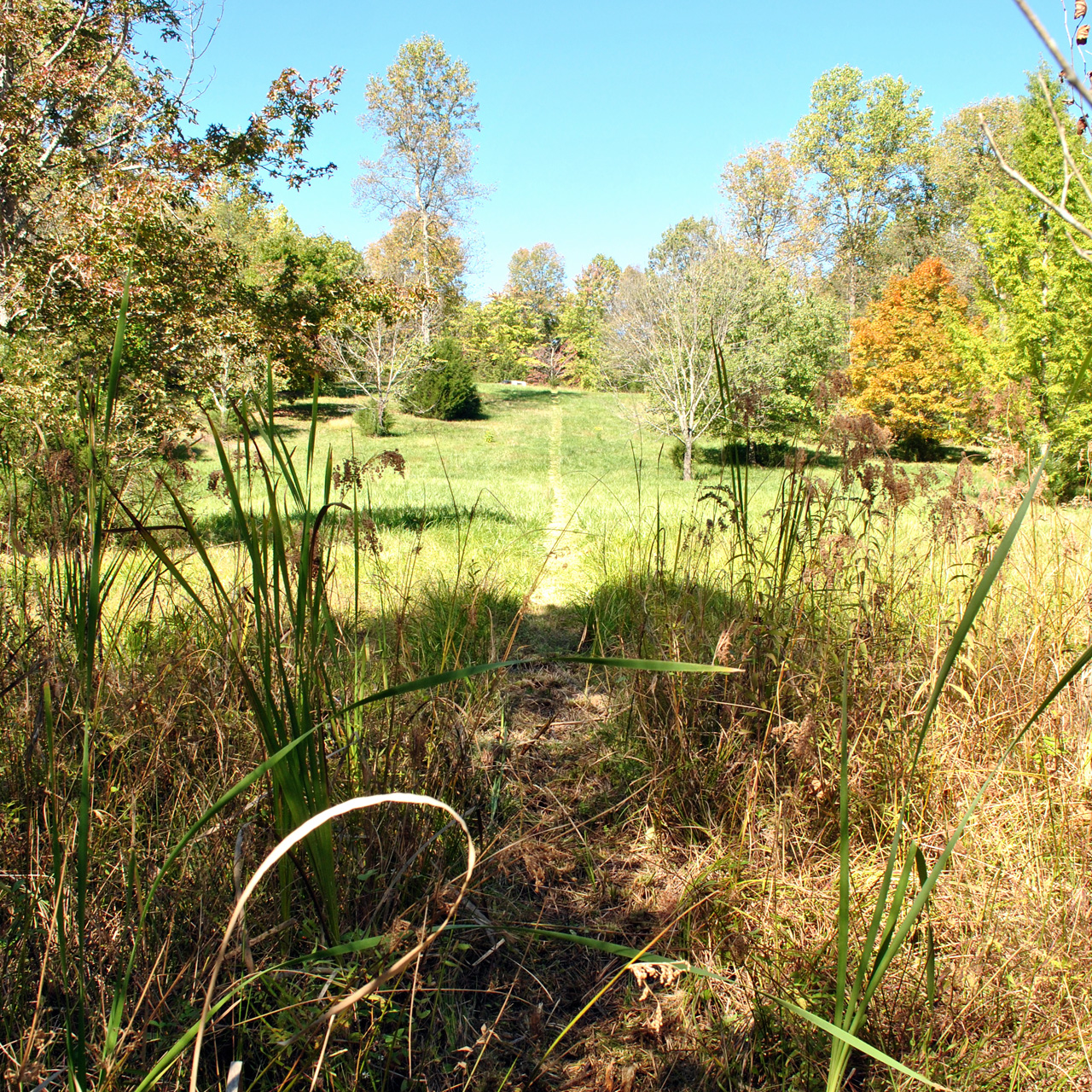
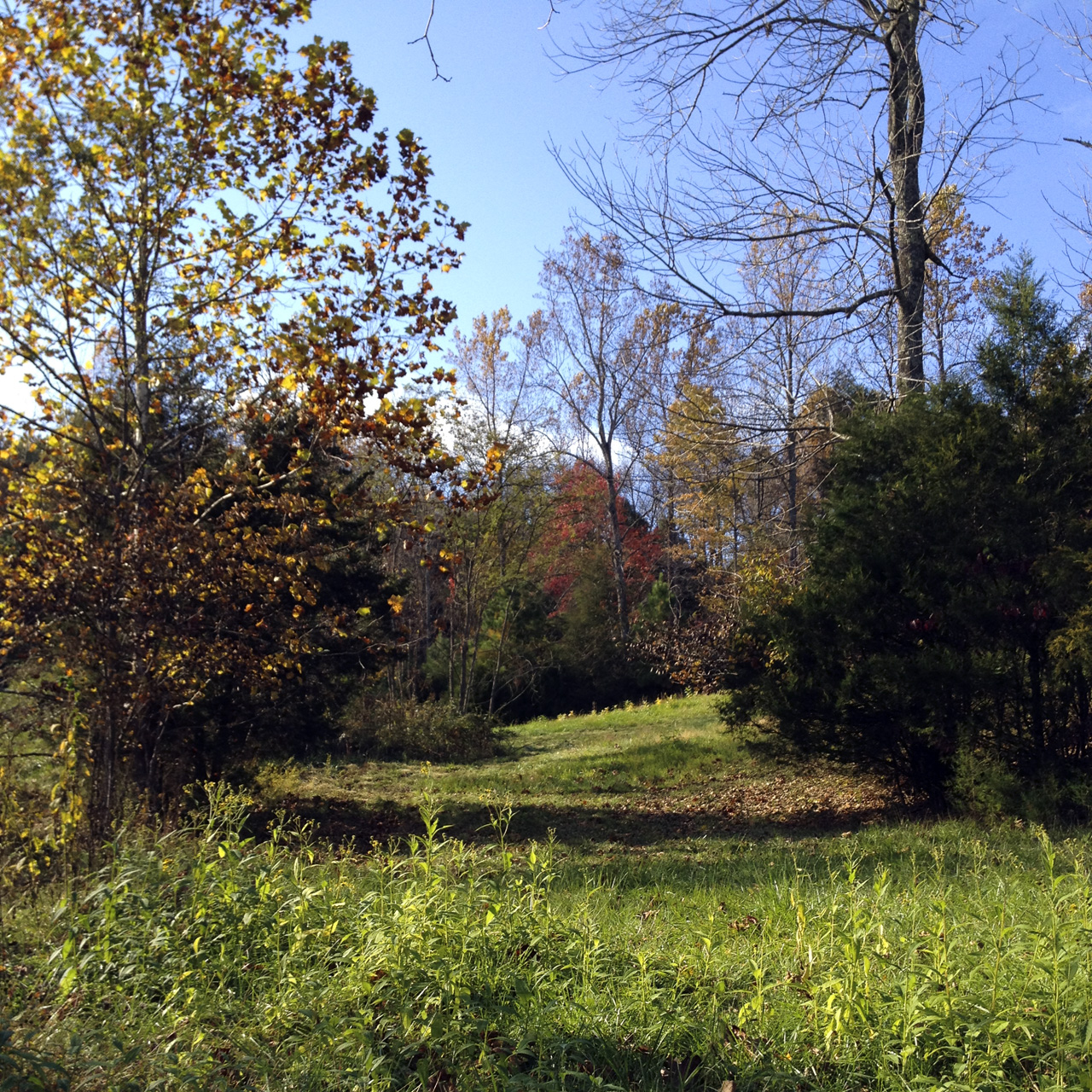
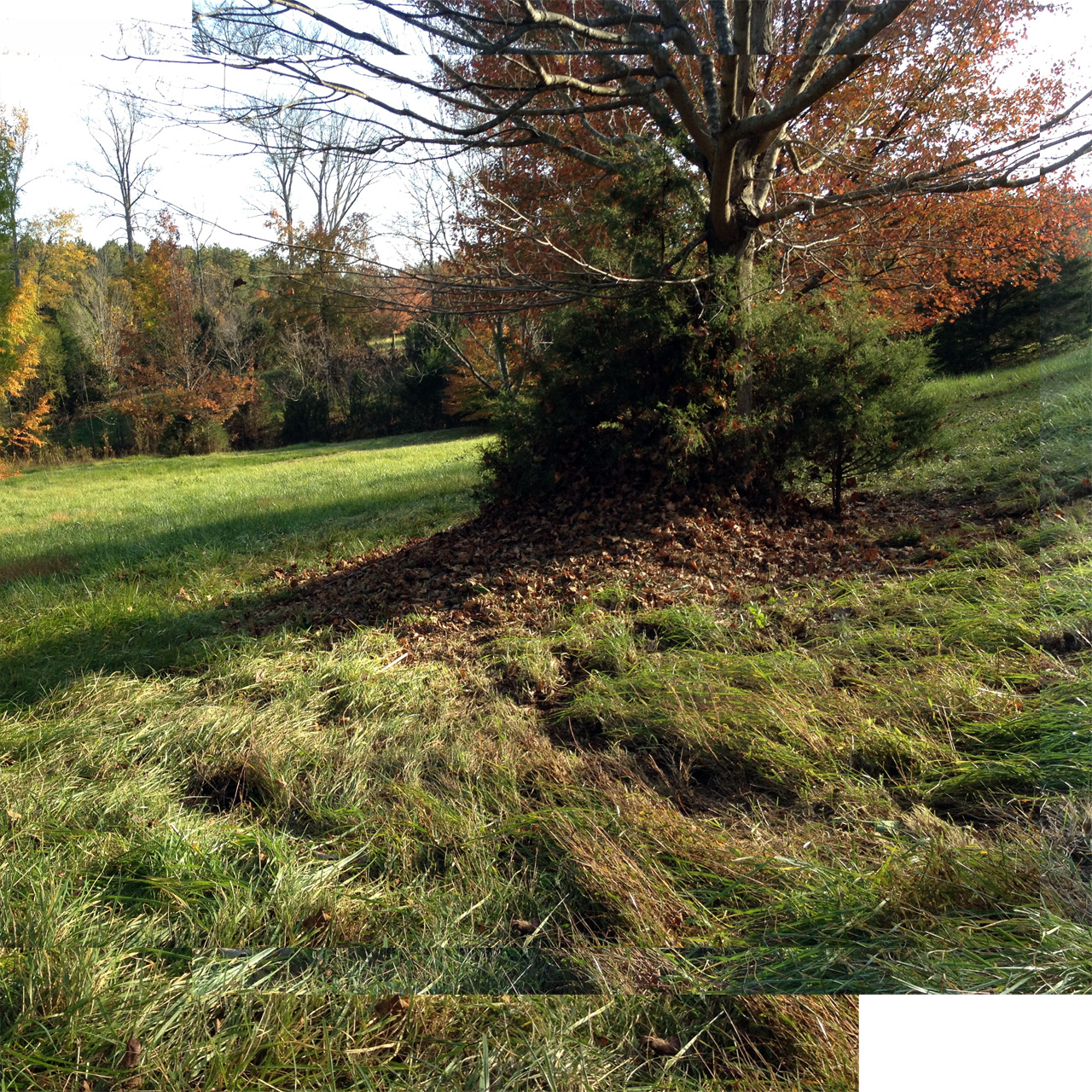
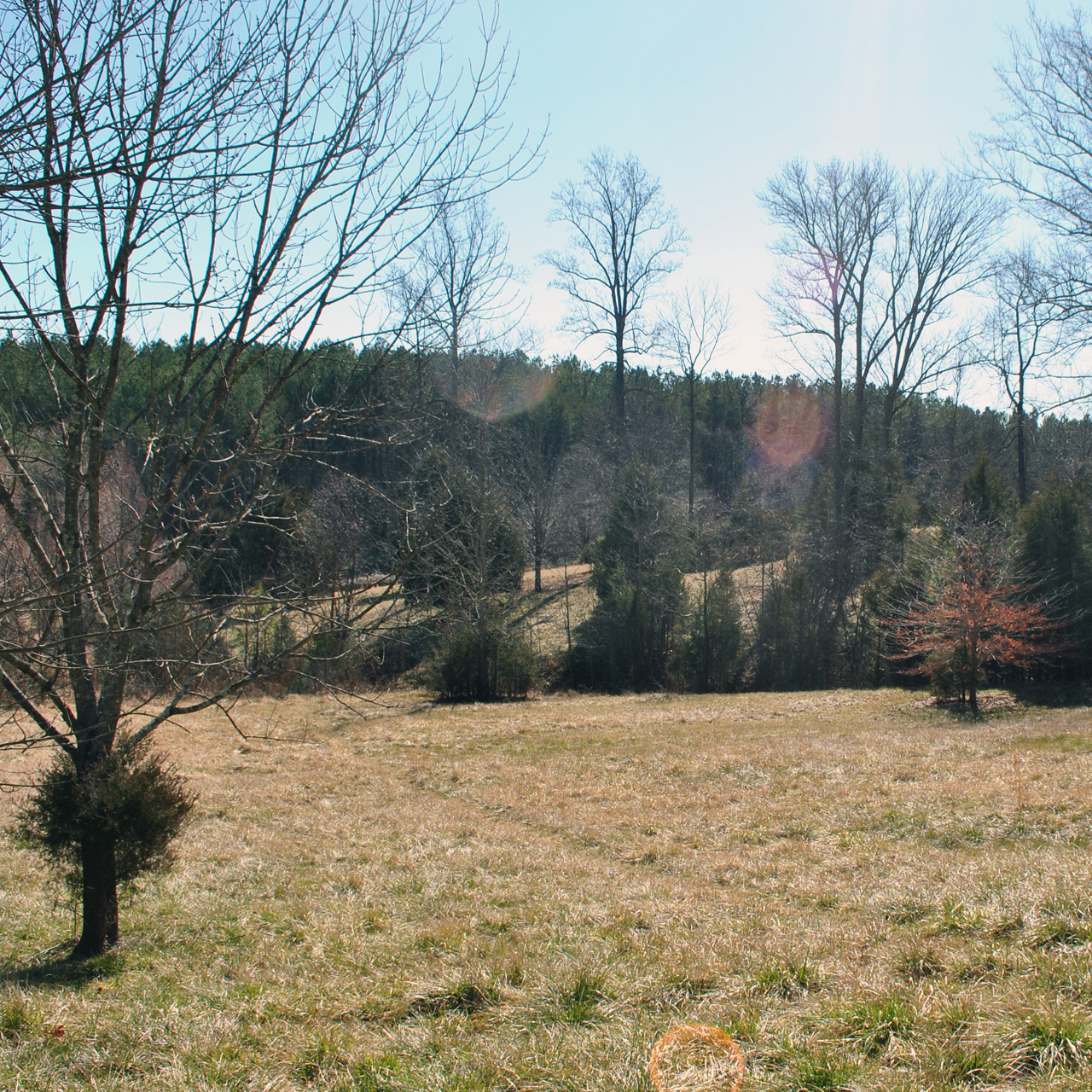
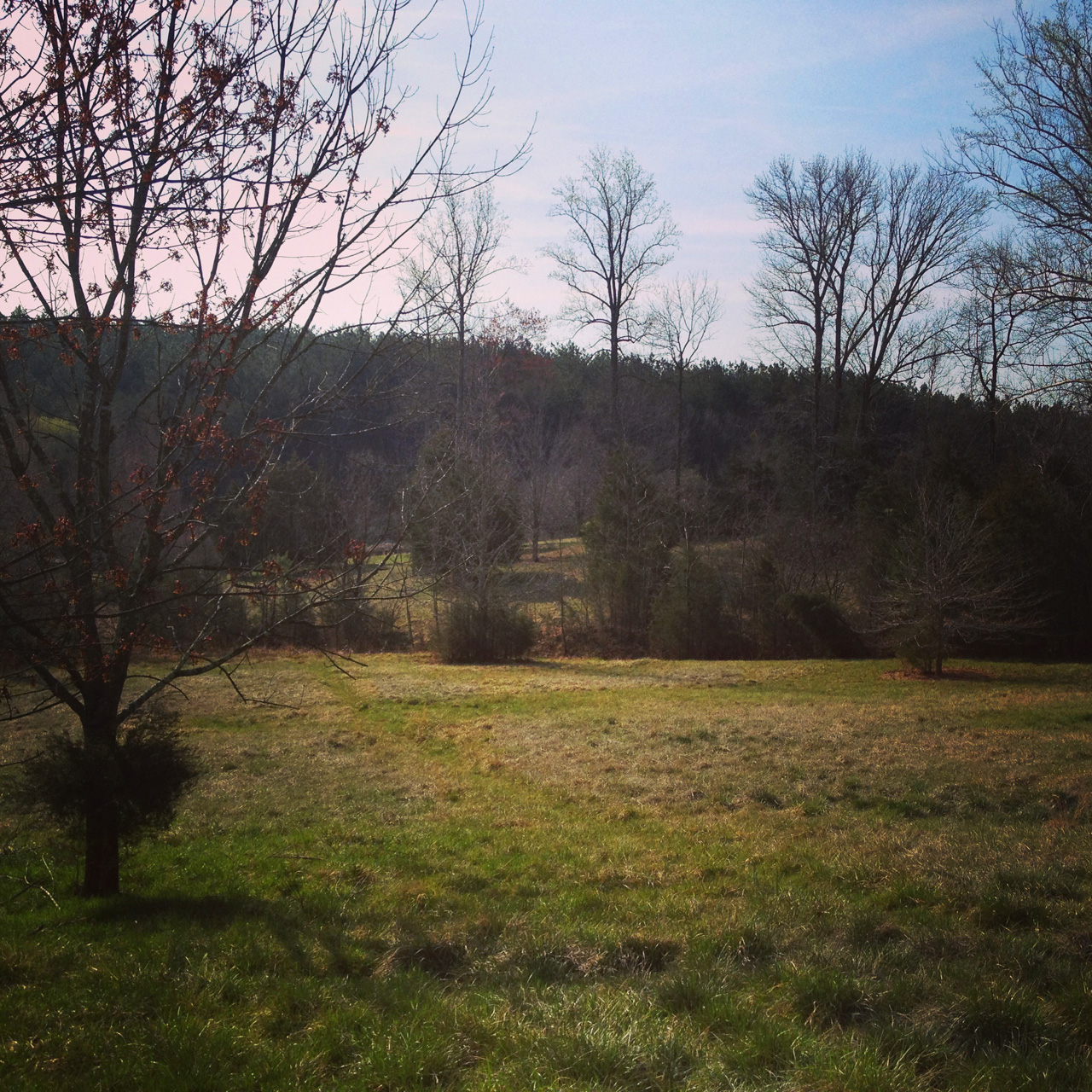
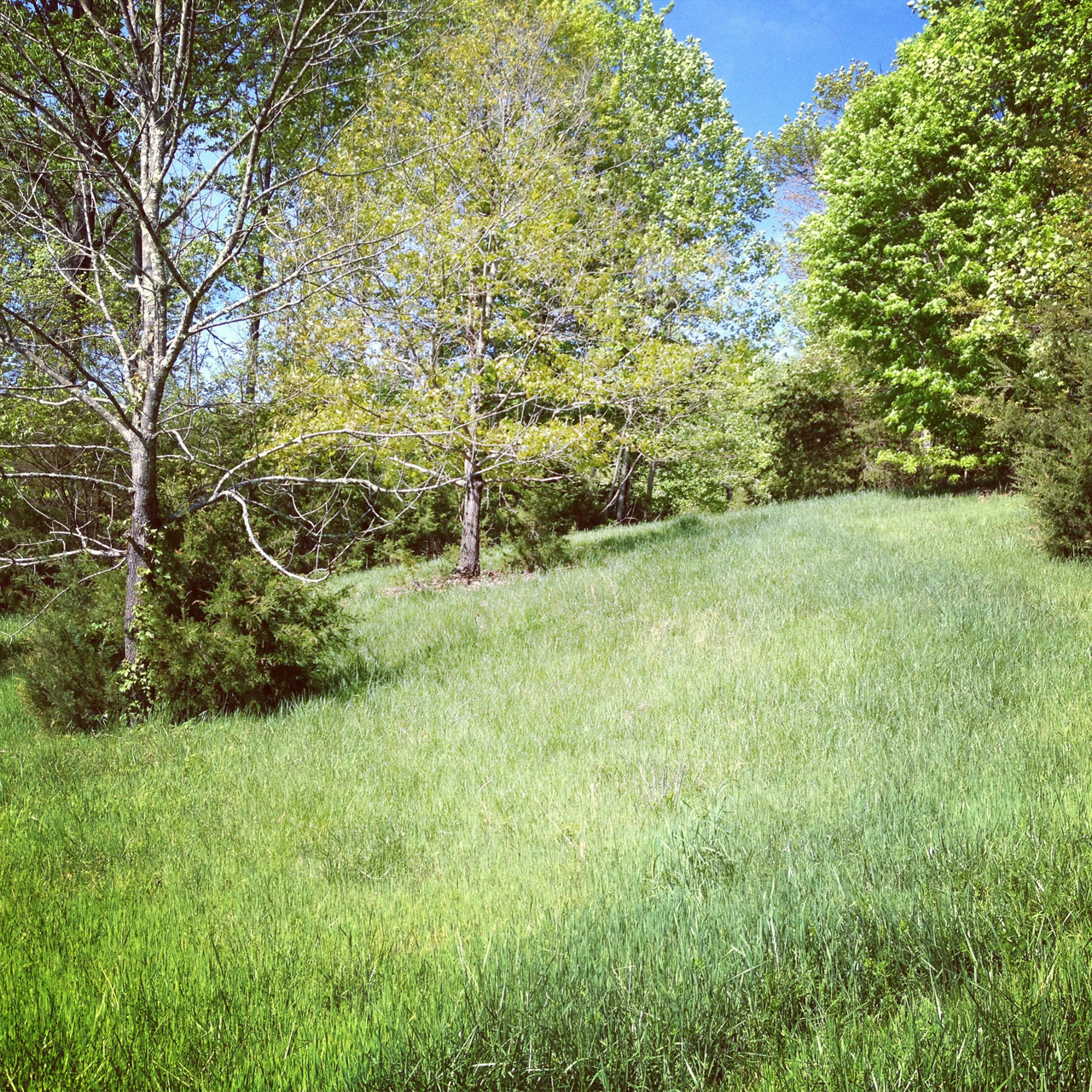

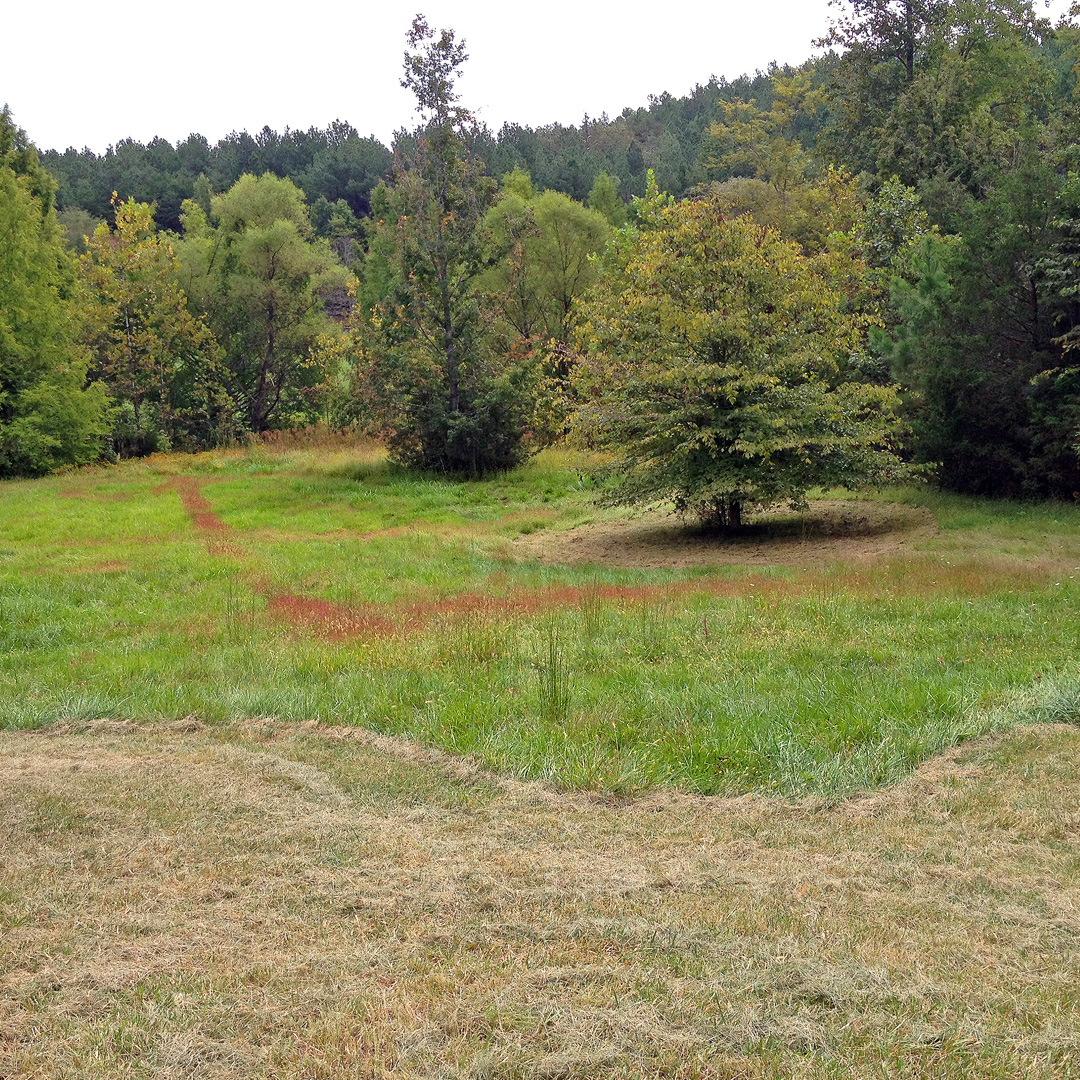

For approximately a year, a seemingly average field in Central Virginia, appropriately called, "Middle Field," served as a 3-acre model to understand and demonstrate how one strategy — shadow mowing — could be utilized to spatially, ecologically and materially diversify a site while simultaneously reducing overall maintenance. In collaboration with Teresa Gali-Izard, the Middle Field experiments are an attempt to incorporate “tactical practice” into the design process, experimenting with dynamic form by basing its design on the changing solar aspect through the season, the logistical operation of the mowing instrument, and the emergent qualities of the site.
To demonstrate the generative capacity of maintenance, the site received several mowing regimes based on solar aspect. By maintaining the shaded areas at a high mow height (3-6”), the diversity and accessibility of this zone could be maintained while allowing the sunny meadow to further diversify with the warm-season graminoids and forbs that are currently marginalized through summer. A diversified mowing regime is also likely to increase field invertebrate populations, and by extension, the broader food web of the meadow. The mowing creates a zone of continual access, guiding movement through the site along the ecotone, a “middle landscape” that strikes a balance between the forest and the meadow, the human and the nonhuman.
Other practical applications include the care of vacant or foreclosed parcels by the shrinking municipality, the functional diversification of easement and infrastructural corridors as they stretch across the country, the regeneration of the decaying, post-war garden city, and the cultivation of novel ecosystems throughout the vast landscapes of resource extraction.
To demonstrate the generative capacity of maintenance, the site received several mowing regimes based on solar aspect. By maintaining the shaded areas at a high mow height (3-6”), the diversity and accessibility of this zone could be maintained while allowing the sunny meadow to further diversify with the warm-season graminoids and forbs that are currently marginalized through summer. A diversified mowing regime is also likely to increase field invertebrate populations, and by extension, the broader food web of the meadow. The mowing creates a zone of continual access, guiding movement through the site along the ecotone, a “middle landscape” that strikes a balance between the forest and the meadow, the human and the nonhuman.
Other practical applications include the care of vacant or foreclosed parcels by the shrinking municipality, the functional diversification of easement and infrastructural corridors as they stretch across the country, the regeneration of the decaying, post-war garden city, and the cultivation of novel ecosystems throughout the vast landscapes of resource extraction.
